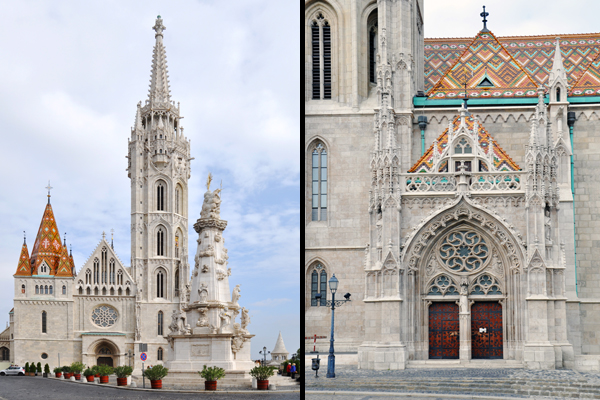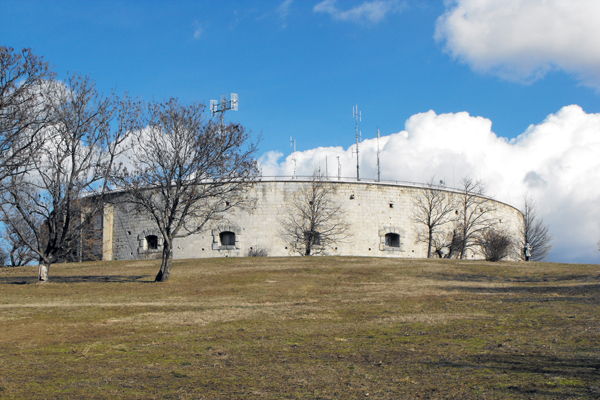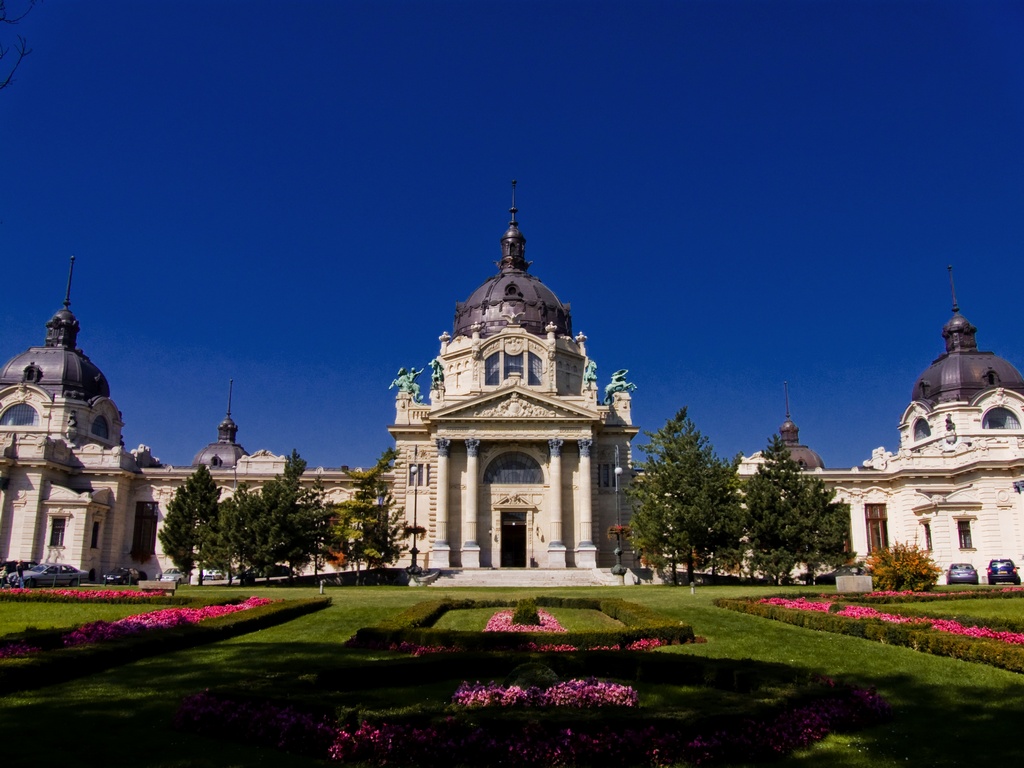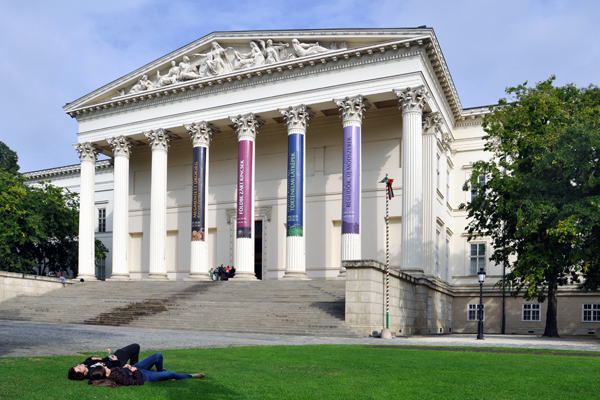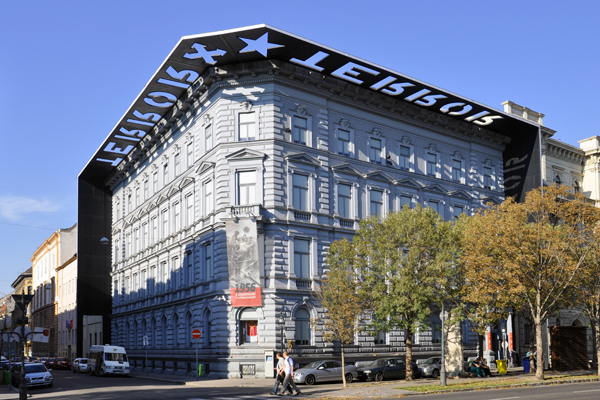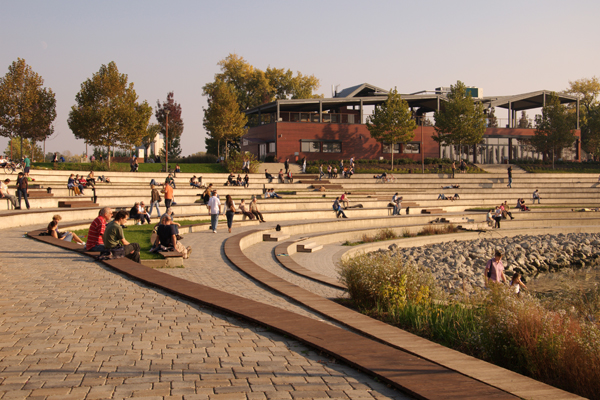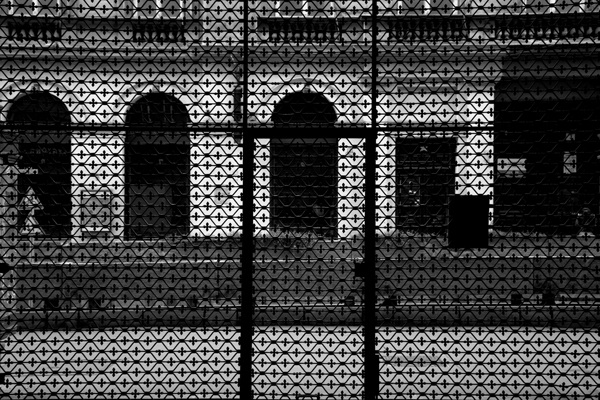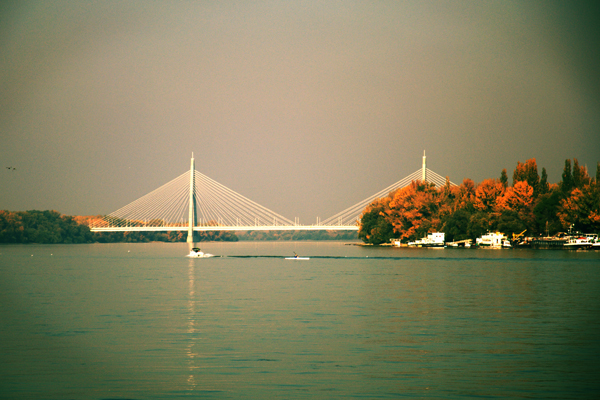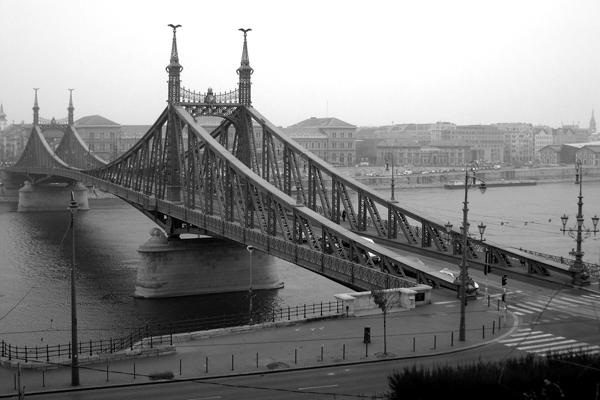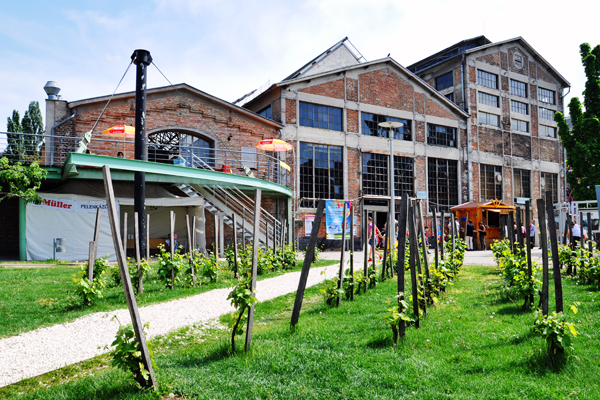Matthias Church, also known as the Coronation Church of Buda Castle, is a monumental church situated in the first district, at Saint Trinity Square (Szentháromság tér) in the Buda castle area.
It is the best-known religious building in the city together with St. Stephen’s Basilica. It is a veritable gem of the capital city with its beautifuls lace- stone towers and the high bell-tower, with the Maria-gate as well as the gorgeous interior. The time of its foundation is not certain: some say it was establéished by Saint Stephen, the founder of the Hungarian state and Church in 1015, others believe it was built after the Mongol regime between 1255-1269. It was built into a Gothic church, and King Matthias, whose name the church bears, also continued building it in Gothic style. It was turned into a mosque during the Turkish reign. It was then in the hands of the Jesuits during the XVII-XVIII. centuries when it was reconstructed in Baroque style. The final shape was reached in the XIXth century after a huge-scale restoration of its state both inside and outside. The damages caused by the Second World War and then a bomb outrage in 1999 are still being healed.
